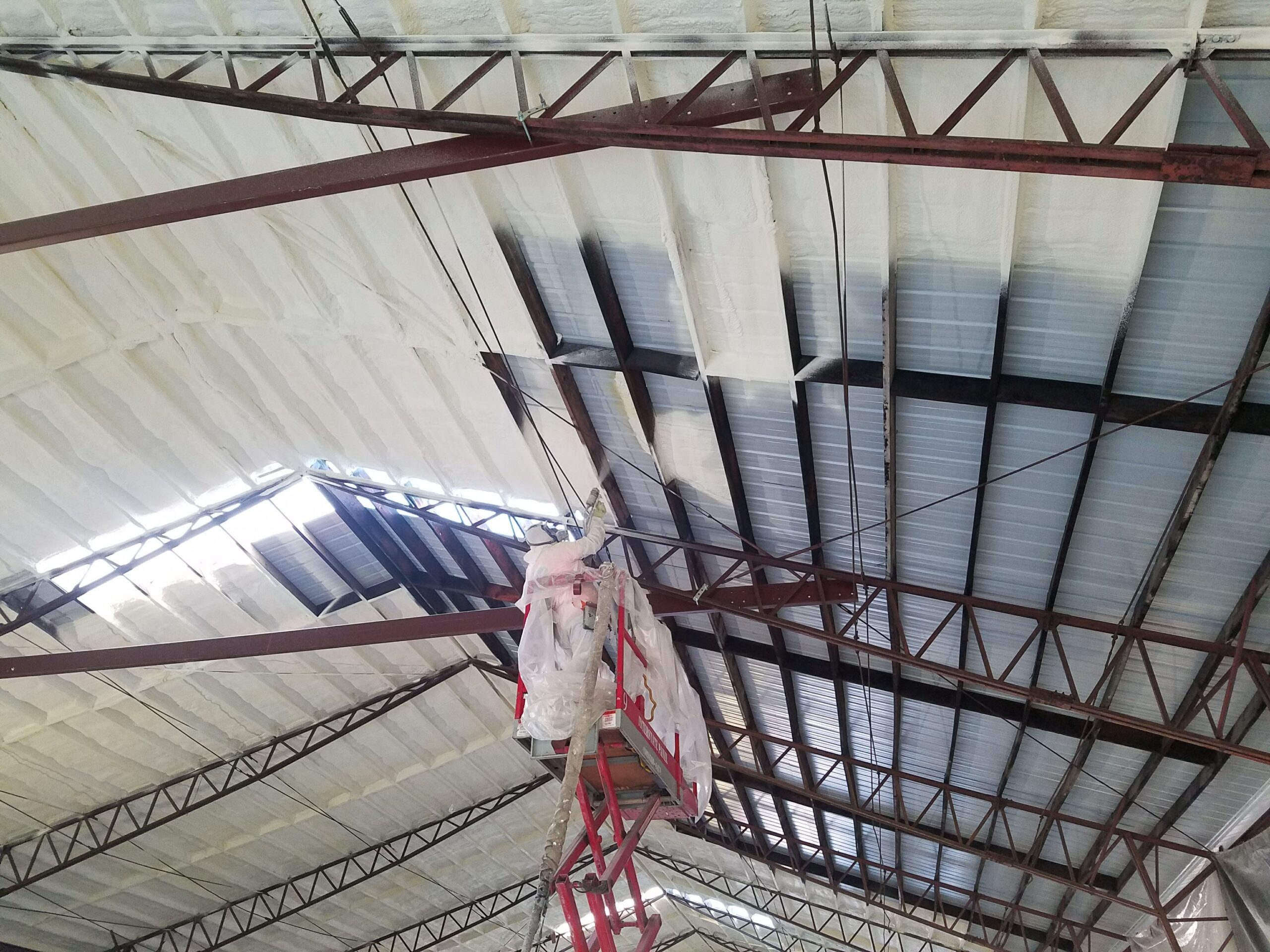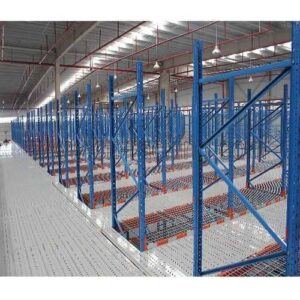Smart Inventory Tools for Modern Warehouses
🧭 Introduction
Inventory is the lifeline of any product-based business. Whether it’s retail, manufacturing, e-commerce, or logistics — without proper inventory control, operations can collapse in days. As companies grow and customer demands increase, manual inventory management simply can’t keep up.
Enter: Inventory Management Systems — powerful digital tools designed to automate, organize, and optimize the entire flow of goods. In this blog, we’ll go deep into understanding what inventory management is, why it’s critical, how warehouse inventory software works, and how modern businesses are using it to scale efficiently.
With the rise of cloud technology and AI, inventory software isn’t just a backend function anymore — it’s now a strategic powerhouse. Let’s explore.
🗂️ What is Inventory Management
Inventory management is the systematic approach to sourcing, storing, and selling inventory — both raw materials and finished goods. It includes everything from tracking stock levels to managing orders and anticipating demand.
📦 Core Elements of Inventory Management:
- Stock Tracking
Knowing what’s in stock, where it is, and how much is available. - Order Management
Keeping tabs on incoming and outgoing inventory. - Demand Forecasting
Using sales data to predict future inventory needs. - Inventory Auditing
Regular checks to prevent theft, loss, or discrepancies. - Reorder Points
Setting minimum stock levels so you never run out. - Deadstock Handling
Managing unsold or obsolete inventory smartly.
🧠 Why It’s Important:
- Reduces Costs: Avoids overstocking and understocking.
- Improves Cash Flow: Keeps money from being tied up in unsold stock.
- Increases Customer Satisfaction: Ensures timely delivery and order fulfillment.
- Enhances Efficiency: Minimizes waste and operational errors.
Without strong inventory management, even the most profitable business models can break down due to poor stock visibility or lost goods.
🏢 Types of Inventory
Understanding inventory starts with knowing what types exist:
1. Raw Materials
Items used to create finished goods — like fabric in clothing.
2. Work-in-Progress (WIP)
Partially finished products still undergoing production.
3. Finished Goods
Ready-for-sale items awaiting customer orders.
4. Maintenance, Repair, and Operations (MRO)
Goods used to support production — like gloves, tools, cleaning supplies.
Each type must be managed with its own set of rules, systems, and tracking mechanisms.
🛠️ Inventory Management Methods
Businesses use several inventory management techniques depending on their model and size:
A. First In, First Out (FIFO)
Oldest stock is sold first. Common in food and fashion industries.
B. Last In, First Out (LIFO)
Newest stock is sold first. Used when prices rise quickly.
C. Just-In-Time (JIT)
Inventory arrives exactly when needed, reducing storage costs.
D. ABC Analysis
Classifies inventory into A (most valuable), B (moderate), and C (least valuable) to optimize focus.
E. Economic Order Quantity (EOQ)
Calculates the ideal order quantity to minimize total inventory costs.
Each method has pros and cons and should align with business goals and operational size.
🧱 Warehouse Inventory Management Software
Managing inventory manually in warehouses — especially large ones — is nearly impossible in modern times. Warehouse inventory management software is designed to give warehouse teams full control over what’s coming in, what’s going out, and what’s staying idle.
🔍 What It Does:
- Tracks inventory movement from shelf to shipment
- Maps warehouse locations for faster retrieval
- Manages barcoding and RFID scanning
- Automates restocking and replenishment
- Integrates with ERP, POS, and ecommerce platforms
- Generates real-time stock reports
- Manages returns and damaged goods
🏭 Warehouse Software Features:
| Feature | Function |
|---|---|
| Barcode/RFID Integration | Fast item scanning and tracking |
| Real-Time Analytics | Live dashboards for inventory metrics |
| Multi-Warehouse Support | Tracks stock across various locations |
| Pick-Pack-Ship Automation | Speeds up order fulfillment |
| Inventory Alerts | Prevents stockouts or overstock situations |
| Role-Based Access | Ensures only authorized people make inventory edits |
| Batch/Lot Tracking | Crucial for pharma, food, and perishables |
👨🏭 Who Needs It?
- Ecommerce warehouses
- 3PL logistics providers
- Retail chains
- Pharmaceutical warehouses
- Auto-parts distributors
- Construction supply warehouses
Whether small or large, a warehouse without inventory software bleeds time, accuracy, and money.
🚚 Common Warehouse Challenges (and How Software Solves Them)
| Problem | Solution Provided by Software |
|---|---|
| Manual entry errors | Barcode & RFID scanning reduces human mistakes |
| Misplaced stock | Real-time location mapping and item tagging |
| Overstocking or stockouts | Automated reorder point alerts |
| Long fulfillment times | Pick-path optimization and batch picking |
| No inventory visibility | Real-time dashboards with stock metrics |
| Inconsistent audits | Digital records make auditing smoother |
📉 Cost of Not Using Inventory Software
Not using inventory software isn’t saving money — it’s costing you. Here’s how:
- Lost Sales – Due to out-of-stock or delay in delivery.
- Overhead Costs – Manual labor, space wastage, deadstock.
- Inefficiency – Wasting employee hours searching or correcting errors.
- Shrinkage – Theft, damage, and mismanagement go unnoticed.
- Bad Customer Experience – Delayed shipments or wrong items reduce trust.
Businesses that delay implementation suffer serious long-term consequences, even if they don’t see them right away.
🌐 Cloud-Based vs On-Premise Systems
When choosing warehouse inventory software, you have two broad options:
🖥️ On-Premise
Installed locally on company servers.
- ✔️ Full control
- ❌ High upfront cost
- ❌ Needs IT maintenance
☁️ Cloud-Based
Runs on vendor servers, accessed via web.
- ✔️ Affordable monthly plans
- ✔️ Access from anywhere
- ✔️ Automatic updates
- ❌ Needs stable internet
Most modern warehouses in 2025 are switching to cloud due to flexibility and scalability.
🎯 How to Choose the Right Inventory Software
Use this checklist before buying:
- ✅ Does it support barcode/RFID?
- ✅ Can it scale with your business?
- ✅ Is it mobile-accessible?
- ✅ Does it integrate with your ERP or POS?
- ✅ Are user roles and permissions customizable?
- ✅ Is it easy to train staff on?
- ✅ Is customer support responsive?
Even the best software will fail if it’s too complicated for your warehouse team to use.
📈 The Future of Inventory Software
What’s coming next?
- AI & Predictive Analytics: Smart reordering and forecasting
- Voice Command Systems: Speak to search or manage stock
- IoT Sensors: Track goods condition (temp, pressure) in real time
- Augmented Reality: Smart glasses for pickers to navigate faster
- Blockchain: Secure, transparent tracking from supplier to customer
Technology will soon make manual stock handling entirely obsolete.
🧾 Conclusion
Inventory management isn’t just about counting boxes anymore. It’s about precision, automation, visibility, and speed. As customer expectations rise and logistics get complex, businesses that fail to modernize inventory control will lose their edge.
The rise of warehouse inventory management software is solving decades-old problems — from misplaced stock to slow shipping. It empowers warehouse staff, improves customer experience, and maximizes profits.
Whether you run a local warehouse or manage multi-national distribution, smart inventory software is your bridge to scalability and success. Invest wisely, train your team, and let automation take your operations to the next level.
❓ FAQs
1. What is inventory management in simple words?
It’s the process of tracking, ordering, storing, and using a company’s stock of goods efficiently.
2. Who uses warehouse inventory software?
Retailers, distributors, logistics companies, manufacturers, and any business with physical goods in storage.
3. Is inventory software only for big warehouses?
No. Small businesses also benefit greatly, especially with cloud-based affordable tools.
4. How does barcode scanning help in inventory?
It ensures accurate tracking, faster operations, and fewer errors in recording stock movement.
5. Can inventory software prevent stockouts?
Yes. It sends alerts when stock drops below a set level and can even automate reordering.













